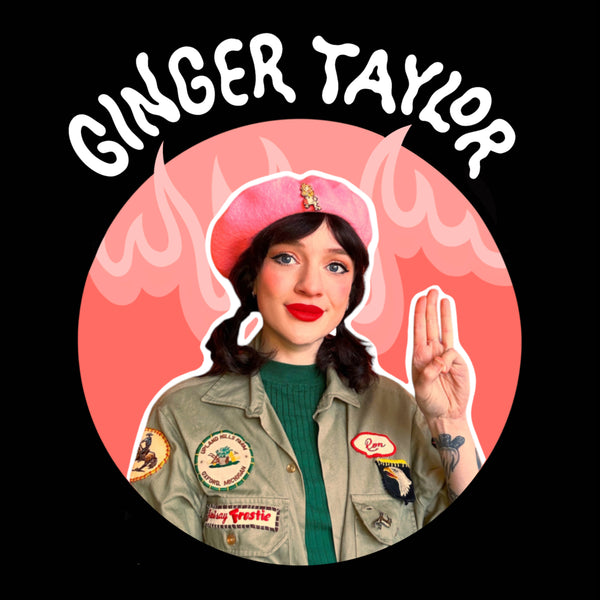
Ginger Taylor
She/Her
Ginger Taylor is a Naarm-based illustrator, muralist, and unapologetic Dolly Parton worshipper with the energy of a raccoon who just found a bag of chips. Her art is what happens when ADHD meets cartoons, pop culture, and an unhealthy obsession with dogs in tiny outfits. If she’s not painting bold, emotionally unstable characters, she’s probably crying over a senior chihuahua or starting a fight about why country music slaps.
With nearly a decade of experience as a full-time freelance Artist, Ginger has collaborated with prominent brands such as Google, VANS, Impala Skates, YouTube, Lily Allen and many more.
Her work spans various mediums, including large-scale murals, digital illustrations, and merchandise design, all characterised by a unique blend of humor and female empowerment.
Ginger's creative journey began 9 years ago as a signwriter for JB Hi-Fi, where she honed her skills in typography and illustration . Her passion for art and storytelling eventually led her to establish a successful freelance career, amassing a dedicated following on platforms like Instagram and Patreon.
When she's not creating art, Ginger enjoys playing dress ups, hanging out with her 2 chihuahuas - Toast & Cocopops (AKA The Breakfast Brothers) & relaxing in her hammock.
Follow her creative adventures on Instagram @gingertaylorartist
1
/
of
6
1
/
of
6












